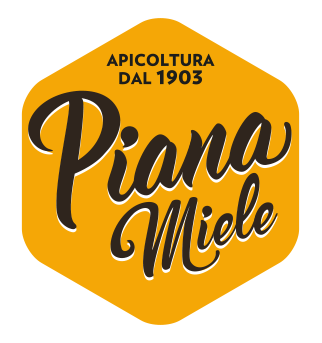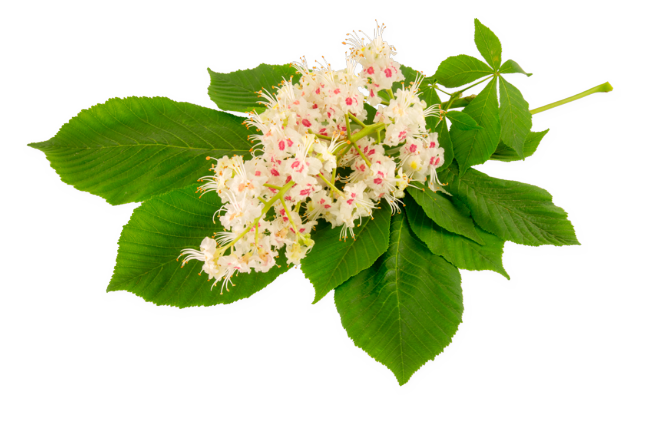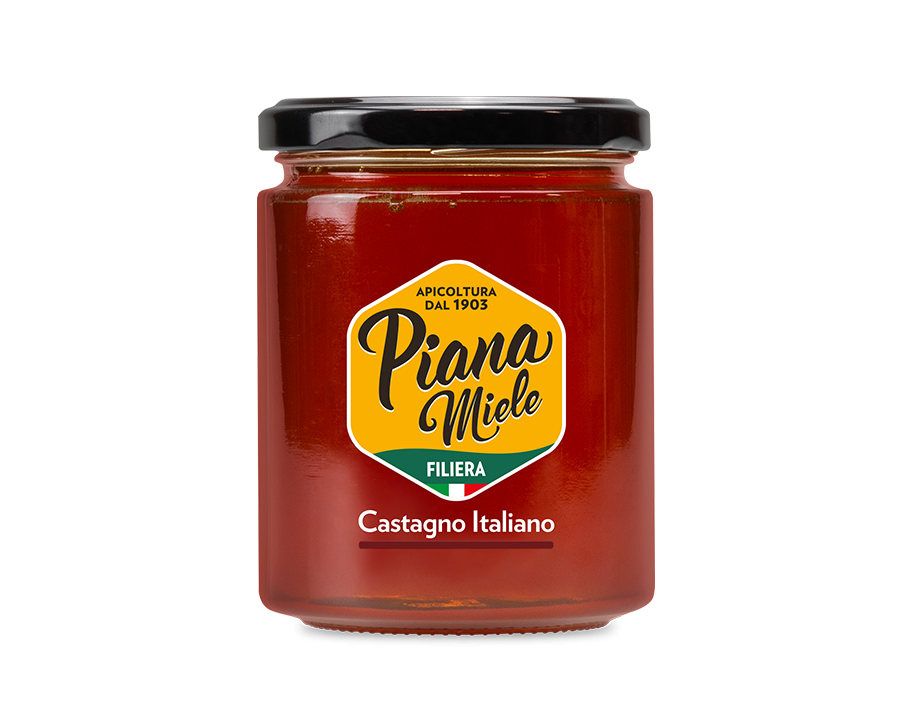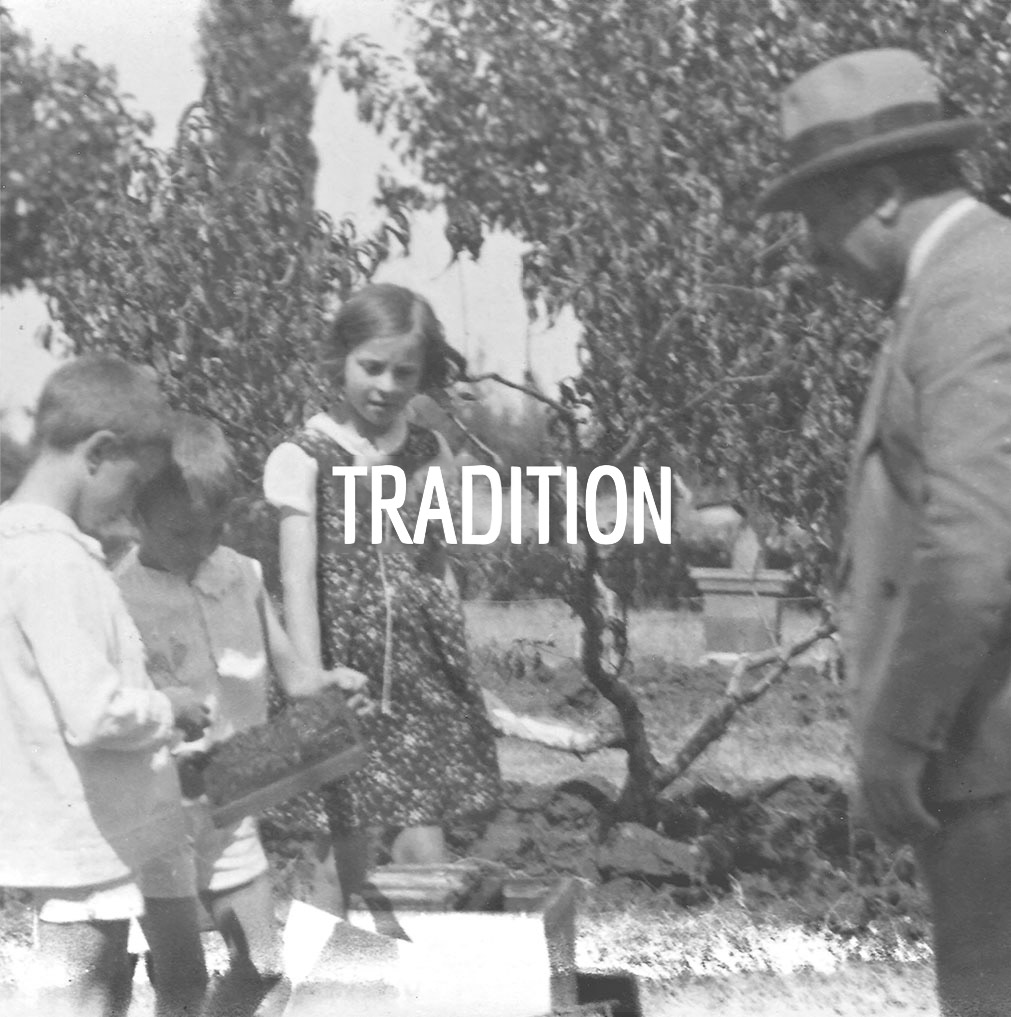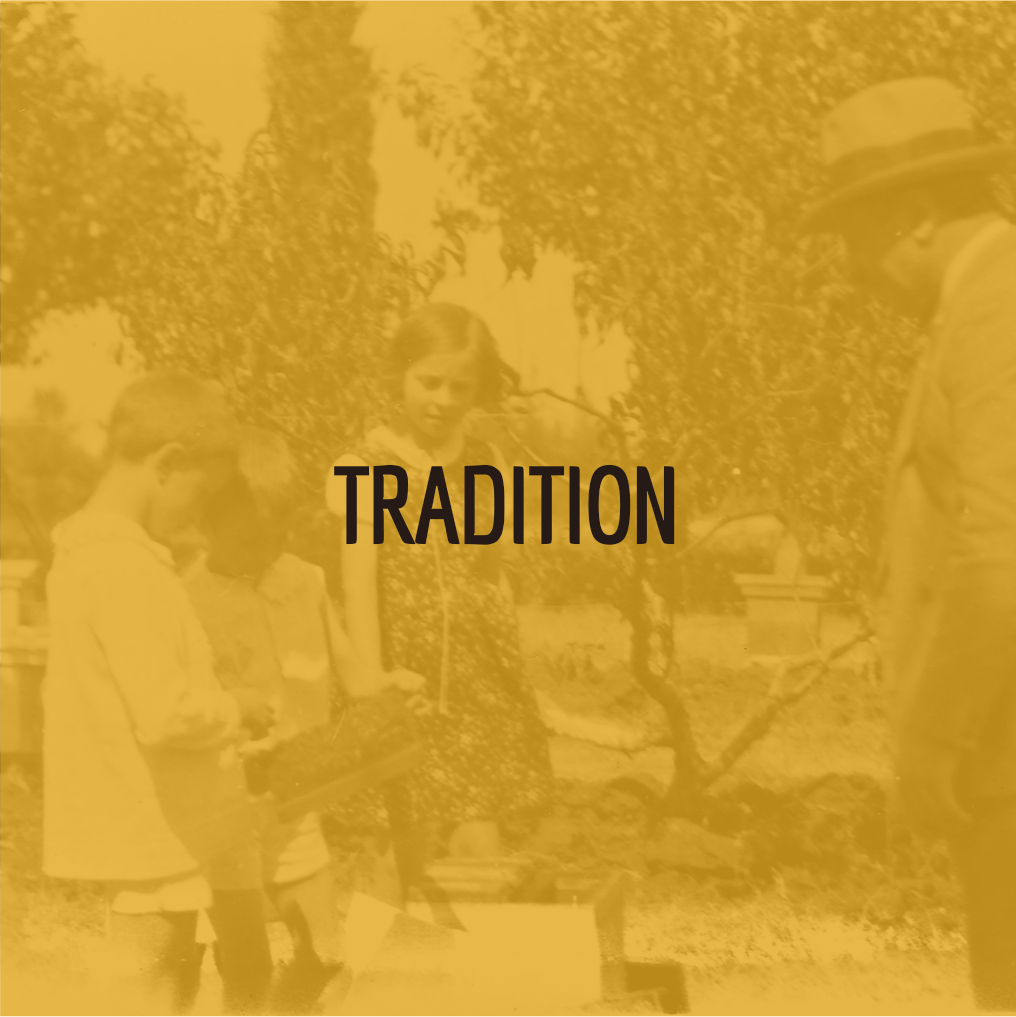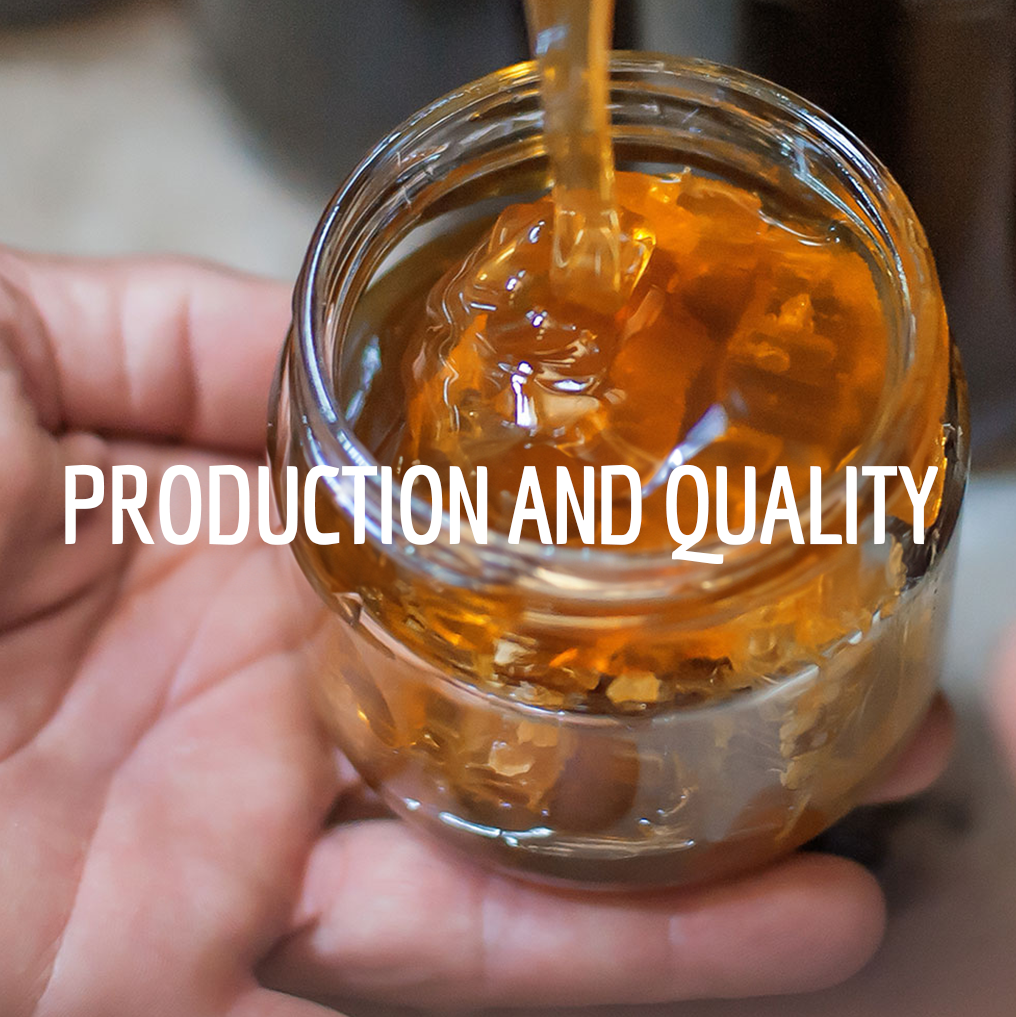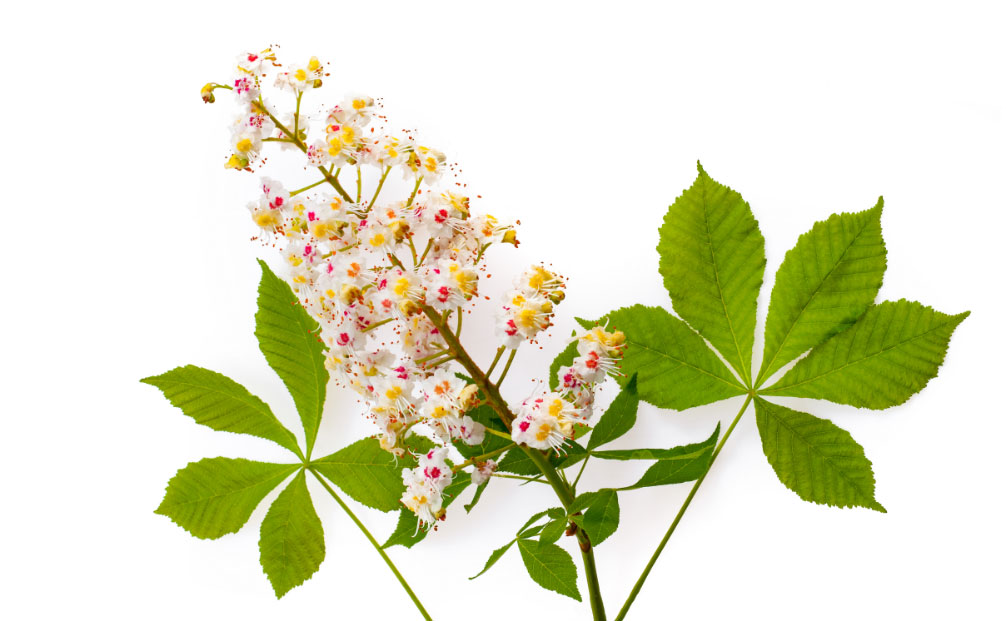
DESCRIPTION OF THE SPECIES
White-pink flowers, elongated, can reach 20 cm.
Oblong-lanceolate leaves.
Male flowers, greenish yellow in colour, present along the entire length.
Female flowers, collected in small bunches of 2-3 at the base.
Flowering: June - July
ENVIRONMENT AND DIFFUSION AREA
The chestnut is widespread in hilly and mountainous environments up to 800-1300 m in the northern regions and up to 1200-1300 m in southern Italy. It is found in woods, usually on acidic soil. Castanea sativa, or European chestnut, present in Italy, throughout southern Europe and in part of North Africa; other widespread species are: Castanea Crenata (present in Japan), Castanea mollissima blume (present in China) e la Castanea dentata bolk (present in the eastern United States).
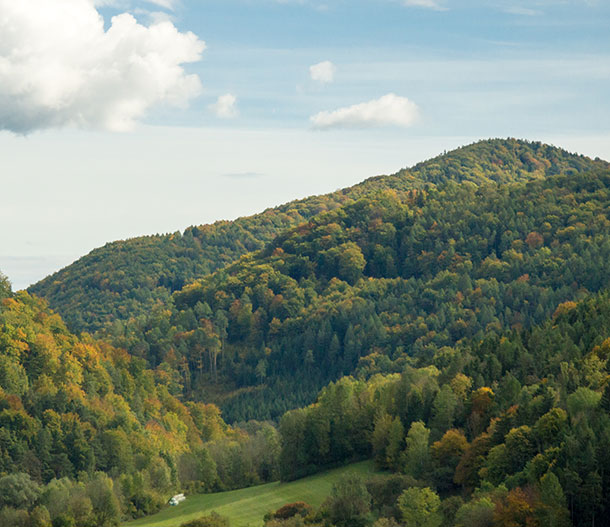
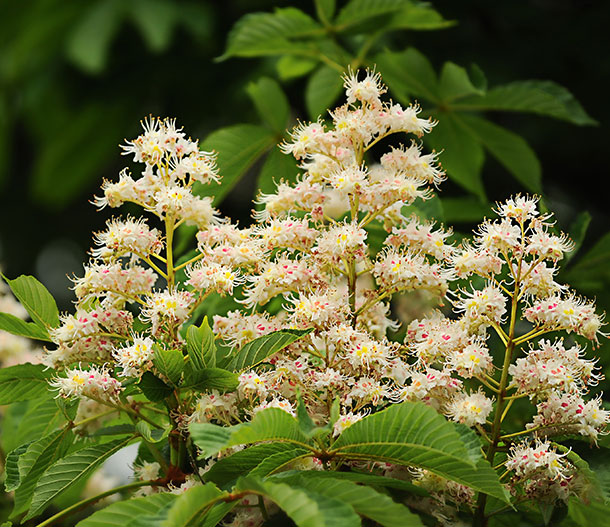
CHESTNUT USES
Since ancient times the chestnut tree has been cultivated for food purposes, as its fruit and the flour obtained from it have represented a primary food source for the populations of the mountain and pre-Alpine areas. In the past, bread made from chestnut flour was the main food of many citizens of northern Italy.
ORGANOLEPTIC CHARACTERISTICS
Amber Color, more or less dark, with reddish/greenish tones in the liquid honey; brown when crystallized. Very characteristic smell: aromatic, pungent, acrid, bitter. Little sweet taste, decidedly or very bitter.
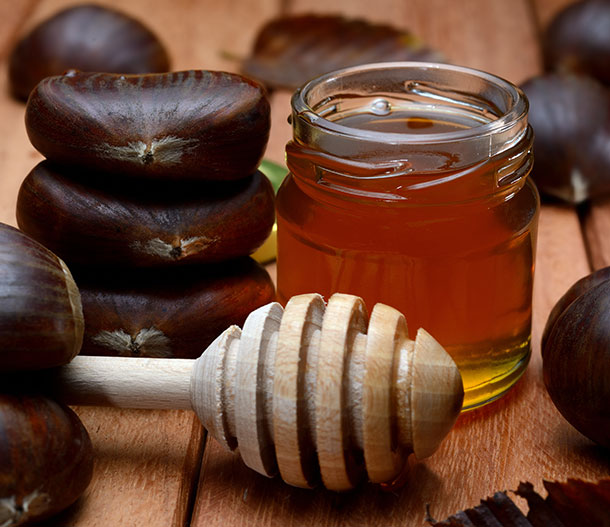
DISCOVER THE PIANA MIELE CHESTNUT HONEY

